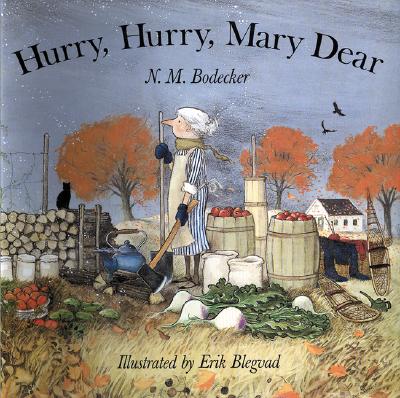By Jeanette Ingold
Published by Harcourt, Inc.
Copyright © 2005
Moss Trawnley is 17 and he is doing everything he can to keep his family afloat. Considering that he is living during the tail end of the great depression and he still has his job at an airfield in Texas he feels pretty hopeful. He is able to send money home to his family in Louisiana every month, he is planning to go to radio repair school, and he has girlfriend named Beatty. However, when Moss suddenly loses his job his dreams seem to be turned on end.
After locating his father in Montana, Moss decides to sign up for a hitch with the Civilian Conservation Corps where he will get 3 squares and a cot and two-thirds of his pay will be sent home to help his family. Moss endures extreme weather and troublesome cabin mates, but he also learns what it takes to be a good man and a leader. He learns the meaning and value of hard work, helping others, and of loyalty.
The Civilian Conservation Corps was one of Franklin Delano Roosevelt’s initial New Deal programs designed to put the nation’s young men to work during the Great Depression. They were charged with among other things the tasks of reforestation, dam and reservoir construction, and park restoration. Ingold tells a fascinating story that shows why a young man might join the CCC and what camp life might be like.
More than just being an overview of the CCC though, she creates a likeable protagonist for us who is coping with internal and external conflicts. And she highlights the proper way to deal with those conflicts. While reading Moss’ story you are waiting for him to lash out because it is the natural first instinct, but he learned from his experience what happens when you do that. Moss is a flawed character but he is good at heart, accepts subtle direction, and learns the best ways to lead.
In addition to Moss she shows young men and women who have many different talents and passions. I thought it was great that there were young men who loved to read and were good in the kitchen and that there were young ladies who were pilots and were interested in the family farm. It is a reminder that it is our abilities and interests that should guide our work and passions, not our sex.
While the characters in this story tend to be 17 and older, I feel that youths 12 and up would enjoy this story. This book would also be well used in middle/high school language arts classes to make a cross curriculum connection with U.S. History in particular the Great Depression and the New Deal era.






























